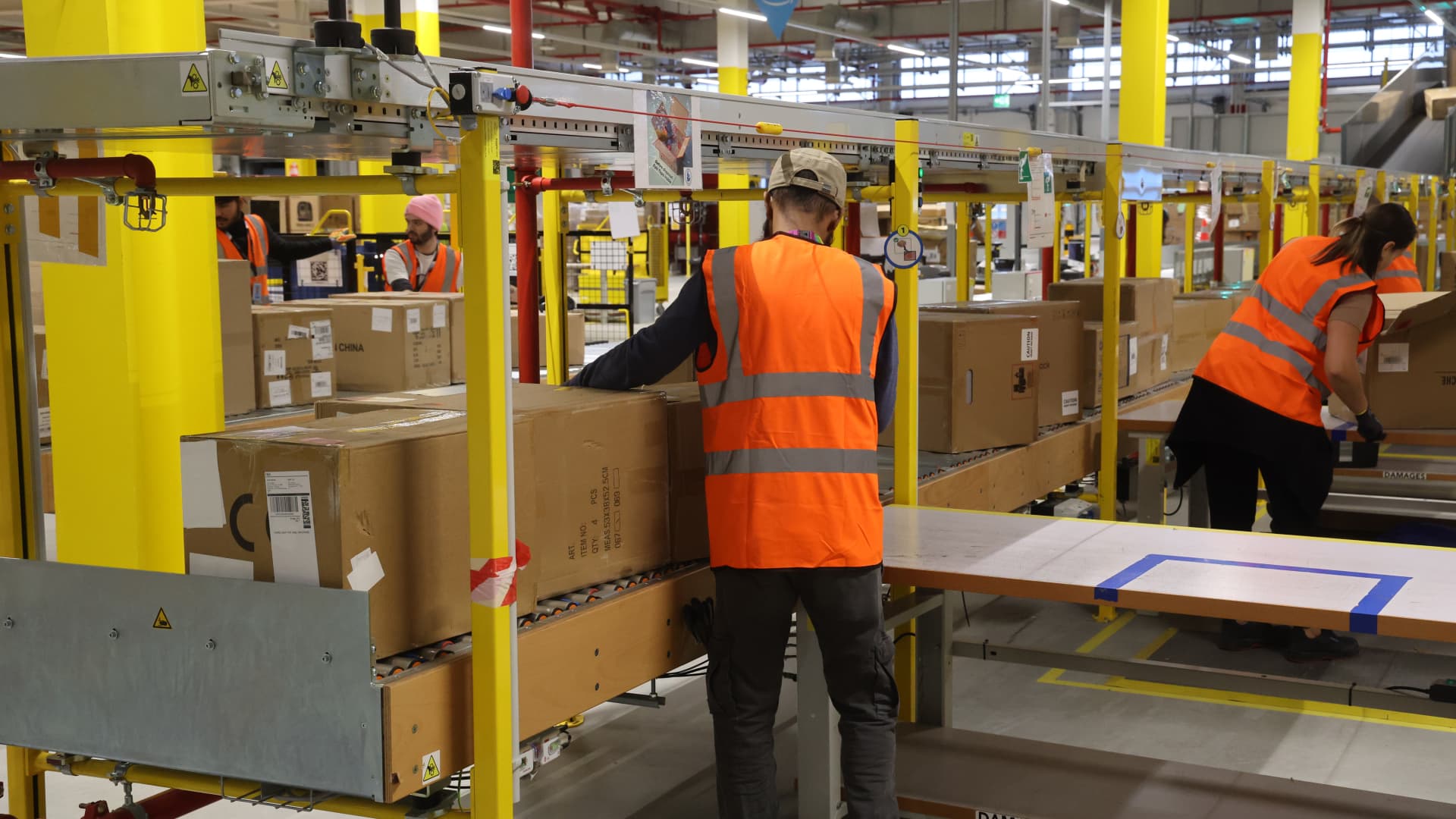As the cost of President Trump’s tariffs drives up the prices of goods, retailers are speeding up the process of returns to rush items back onto the resale market as fast as possible.
The segment of the supply chain responsible for the fast turnaround of returns is known as reverse logistics, where retailers inspect returned items and determine if they can be resold, repaired, or recycled, or if they need to be disposed. The more efficiently a retailer can manage the reverse logistics process, the faster the product can be resold — either at full price online or in-store, or at a discount at a retailer’s outlet channels.
Returns are a source of inventories of items that have already had tariffs paid on them. As a result, “it is beneficial for retailers to process returns faster to get the items back into the stores,” said Casey Chroust, chief operating officer of returns management software company Optoro. “Processing costs average 30% of the purchase price. Returns can be a key salvation for companies to keep costs down. Tariffs are making new goods more expensive,” he said.
Chroust said over three-quarters of shoppers are likely to purchase re-commerce goods, which is driving more retailers to cater to the price-conscious consumer.
“Retailers are investing in fixing items with minor damage and defects,” he said. “Most of the major retailers are either operating or are considering some of these programs. In fact, 63% of retailers are already operating or starting a secondhand channel.”
Over 85% of returned goods are ultimately in a condition to be returned to retail shelves for resale, according to Optoro, although electronics have a lower rate.
The National Retail Federation projected total returns for the retail industry to reach $890 billion in 2024.
According to Alix Partners, the reverse logistics industry is experiencing significant growth, reaching $150 billion in the U.S. in 2024, and is growing faster than GDP, with a projected compound annual growth rate of between 6%-8% through 2030.
Top players involved in the space include DHL Supply Chain, FedEx, UPS, XPO, Kuehne + Nagel International AG, DB Schenker, C.H. Robinson Worldwide, CEVA Logistics, Ryder System, and Geodis.
The prevalence of online sales bracketing — when consumers will buy two to three of the same item in several sizes and colors and then return what they don’t want — is a factor, along with tariffs, exacerbating cost pressures merchants are facing, Chroust said.
The resale market is also growing. Luxury digital warehouse company Stork has seen an expansion of pre-owned inventory by 74% (350,000 SKUs) in the past three months.
“Resale isn’t just a sustainability story anymore,” said Roy Lugasi, co-founder and co-CEO of Stork. “It’s becoming one of the most important growth drivers in modern retail. Suppliers, especially in the pre-owned space, are looking for global distribution that’s fast and seamless.”
It is not a phenomenon limited to items sold in the U.S. Lugasi said over 60% of the resale supply on its platform is sourced globally from regions often inaccessible to online retailers due to logistics, customs, and compliance challenges.
“For most retailers, launching a resale or excess program takes 60–90 days (if domestic), and is often impossible internationally. With Stork, that timeline drops to a few days, regardless of location,” he said, citing its use of artificial intelligence and the digitalization of the platform, which curates and distributes the inventory in real-time.
Retailers and brands can reduce purchasing by up to 15% through leveraging returns as a source of inventory, Chroust said. Customers using Optoro for returns add, on average, 10%–35%-plus in returns revenue, with the highest returns found in apparel, shoes, and accessories. The faster the processing of returns, the faster those products get back into the marketplace to be sold.





